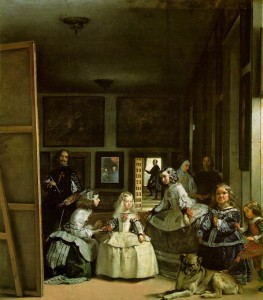Much like a baby is in awe of its habitat and examines it by literally shoving everything in its mouth, we make sense of our environment through an exploration of our surrounding, starting with ourselves. We remember ourselves through the physical, and this is precisely the theoretical function of the memento mori – a remembrance of our physicality, and more importantly, our mortality.
The concept started in the Middle Ages, and was perpetuated throughout artwork of the period where earthly vanity was juxtaposed with not only the remembrance of death, but the memory of life and consequently that it must end. Through our vanity and joys in life the image of death becomes more pronounced.
Memento mori these days becomes synonymous with images of skulls or grim keepers, harbingers of death existing in corners of paintings to overtly remind those looking of the omnipresence of their mortality. However, my first encounter with the concept was in an undergrad Milton course where the professor took an interdisciplinary approach and began introducing us to contemporary art pieces while outlining the various concepts. I distinctly remember the lecture on the memento mori that was delivered in conjunction with reading Lycidas in which he showed us Diego Velazquez’s 1656 “Las Meninas.”
I have never forgotten this painting. However, despite the various oddities portrayed for the young girl in the middle who is apparently in great need of entertainment, the most memorable is the couple in the mirror – the king and queen. They are perhaps the most notable and important in the room – those of highest standing – whose reflections are barely visible in the mirror. While they rule the entirety of Spain and wield unfathomable power, they are here reduced not to mere mortals, but practically indiscernible images in a fuzzy mirror, much like the rest of us under the same circumstances. They are not the larger than life images we expect of a king and queen in flowing gowns and unimaginable shows of wealth in elaborate and larger than life dress, but rather shadows of themselves, awaiting to be replaced by the young princess in the center of the painting (here is a more detailed description of the mathematical properties governing this painting).
It is almost as if the couple is receding from the face of existence, slowly disappearing into the backdrop. I have always found this sort of reminder to be more potent than that of the overt skull, or strategically placed object that screams its message of encroaching doom. Yes, we will all at one point or another die, but the subtly of it is far more stunning. Despite worldly wealth or vanity, in the end the king and queen are no different from peasants, and their reflections are unintelligible from another.






